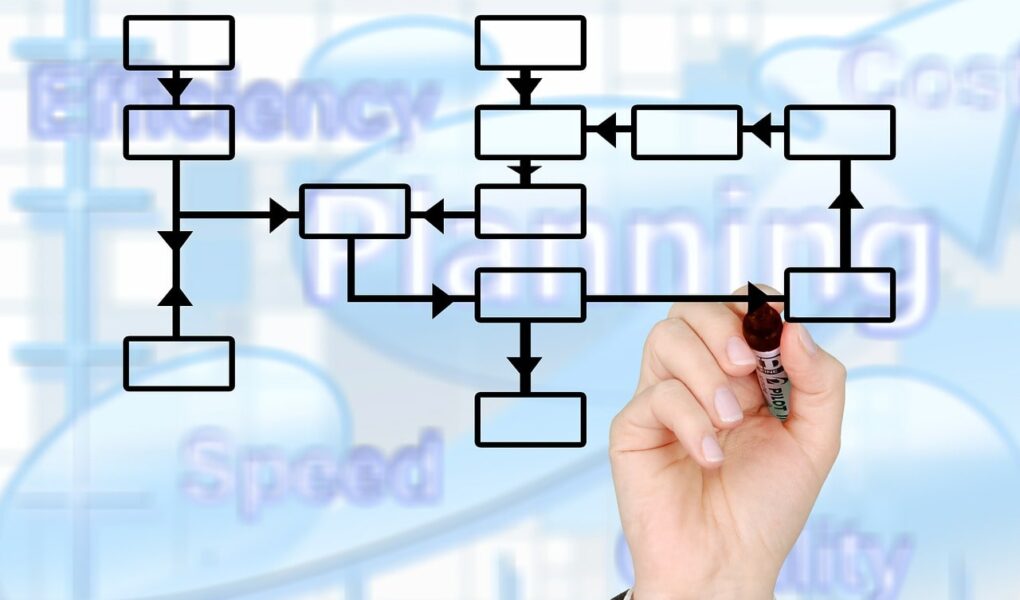Contents
Procurement is the process of locating and obtaining all the services and goods that an organization needs in order to function. This can appear simple, but like other business functions the procurement process consists of various steps. This is why it is important for businesses to understand the process. Improving the procurement process can lower overall costs and increase efficiency. Here are the 10 basic steps involved in the procurement process.
Step 1: Identifying the need
Without a need for something, it cannot be procured. This is why the first step is recognizing the need for a service or product. The need should have a strong rationale, and the department involved should be able to justify its requirement. The product or service can be a new item or something that needs reordering or revision.
Step 2: Define the materials
It is crucial for the company to select the right materials and vendors. In some industries, there are standards that help companies to determine this through an approved list of vendors. Even if you are working with a new vendor, it is important to stay in touch with new products, services, technologies, and vendors.
Step 3: Identify the source
It is important to determine all the sources that can be used to obtain the materials. As mentioned before, this could be done with an approved list of vendors but if this is not available, then the company will have to search for vendors who qualify according to the criteria of the company.
Step 4: Negotiation of terms and price
Once a supplier such as Utility Bidder is chosen by the department, the procurement team will investigate and negotiate the best terms and prices for the product or services.
Step 5: Create a purchase order
A purchase order is a contract that is used to buy services and products. It specifies the price, terms and conditions, and the specification of the service or product, as well as additional obligations. Once the purchase order is forwarded to the vendor and they accept it, this legal contract is activated.
Step 6: Speeding up the order.
This directs the timeliness of the products or services that were ordered. It is essential in preventing delays. In this way, payment and delivery are made on time, and work is completed according to the schedule and specifications.
Step 7: obtaining the product or services
Acknowledging the receiving of the products or services against the purchase order is important before payments can be made.
Step 8: Inspection of goods and receipt
Once the goods are delivered, it is the responsibility of the company to inspect the goods and accept the receipt. If the services or products are not up to the mark, then the company can reject them by asking the vendor to replace them or just cancel the order. Once the company accepts the goods, then they are required to proceed to payment.
Step 9: Approval of invoice and payment
Before payment, it is important to ensure that the transaction was accurate. This is done by matching 3 important documents. These include the purchase order, packaging slips, and invoice. This allows them to identify and avoid discrepancies that can lead to large income losses. So in case of discrepancies, it is important to resolve them immediately. Once it is clear, the approval of the invoice and payment need to be arranged.
Step 10: Keeping a record
The company must maintain and keep an accurate record of all the transactions for bookkeeping purposes. All the relevant documents of the purchases need to be saved. This allows you to keep track of your income and expenses and help you out during tax season and audits.




